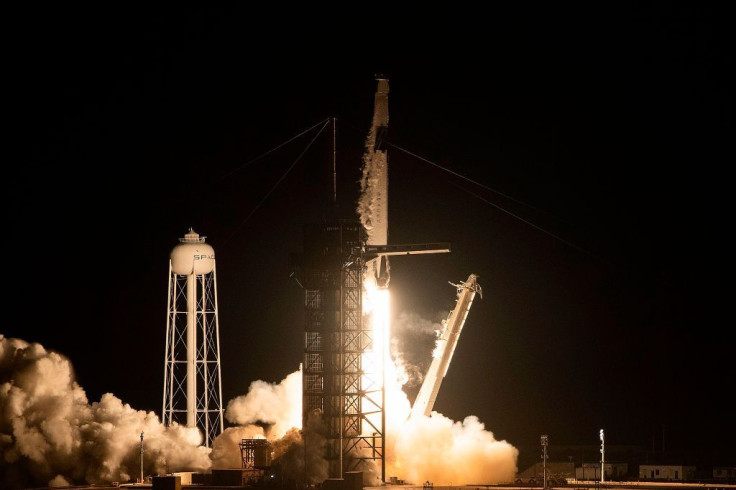SpaceX Boosts Recycling Effort By Reusing Rockets For Future Missions

SpaceX announced that it plans reuse one of the first stages of its rockets in five launches before the year ends. The latest move is part of the company’s large-scale effort in recycling and reusing its spacecraft.
Reusing various components of its rockets has also been a key component in SpaceX’s operations. Its current flagship vessel, the Falcon Heavy, is regarded as a reusable rocket that has already completed various missions. It debuted on Feb. 6, 2018 and carried the Tesla Roadster, which was designed by Elon Musk.
The Falcon Heavy vessel was created using the first stage of the Falcon 9, which was already used three times this year. If everything goes well for SpaceX, the Falcon 9 first stage could be used in two more missions before the year ends, Space.com reported.
According to Jonathan Hofeller, the vice president for SpaceX’s commercial sales, creating reusable rocket components and systems is a huge part of the company. Aside from keeping manufacturing costs down, this concept can also revolutionize the commercial space industry.
“You potentially recapture a satellite and bring it down if you wanted to,” Hofeller said during a press conference. “It’s very similar to the [space] shuttle bay in that regard. So we have this tool, and we are challenging the industry: what would you do with it?”
The Falcon 9 first stage will most likely be used for SpaceX’s Starship, which is expected carry out commercial suborbital flights for the company in the future. It was designed to be a fully reusable second stage vessel.
The Starship is expected to launch for an orbital test flight sometime in 2020.
SpaceX’s announcement regarding its plans for reusable rockets came after the company was able to successfully catch a vital piece of the Falcon Heavy spacecraft following its launch on June 25 for the STP-2 mission.
Using a large net attached to a boat, SpaceX caught the nose cone of the rocket after launch. The nose cone at the tip of the rocket covers the vessel’s payload and is designed to break off after the launch.
For years, SpaceX has been trying to catch parts of its rockets in order to reuse them for future missions.
© Copyright IBTimes 2024. All rights reserved.





















